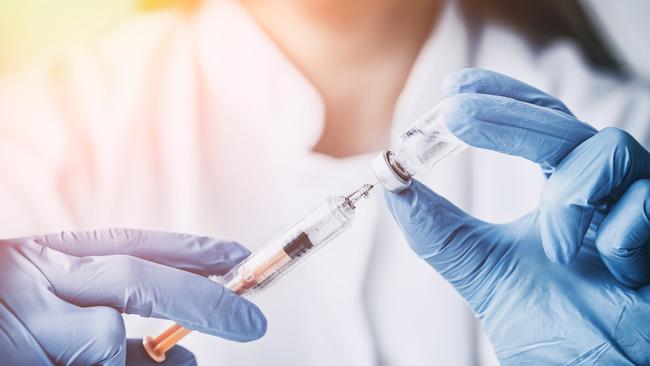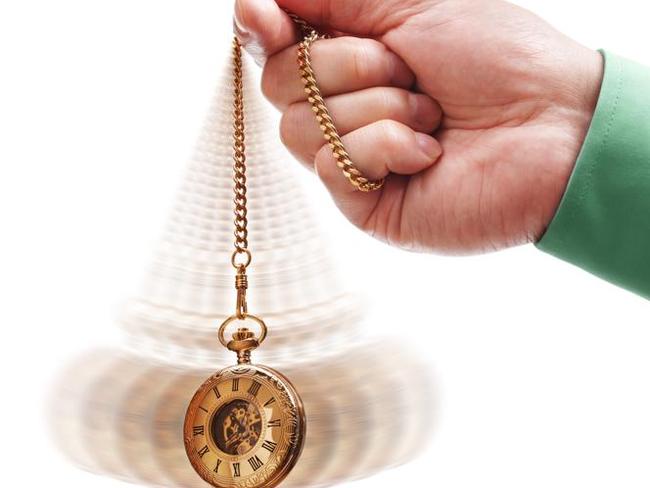Hypnosis can help children through hospital procedures: anaesthetists
HYPNOSIS can be used to help anxious children cope with needles, surgery and other hospital procedures, Australia’s peak anaesthetic body says.
VIC News
Don't miss out on the headlines from VIC News. Followed categories will be added to My News.
HYPNOSIS can be used to help anxious children cope with needles, surgery and other hospital procedures, the latest official guide for Australian anaesthetist recommends.
Simple suggestion and mind control techniques are increasingly being used to manage pain for children and reduce nausea and anxiety before and after their operation, the Australian and New Zealand College of Anaesthetists says.
The college’s latest official reference guide for Australia’s 6400 anaesthetists and 1500 trainees recommends hypnosis can be used to alter a patient’s perception of pain, allow a child to feel numbness, the loss of sensation, or the presence of local anaesthesia even when none has been administered.
WORDS LIKE ‘PAIN’ OR ‘VOMIT’ CAN AFFECT PATIENTS’ SYMPTOMS

In some instances, hypnotic suggestions are used to convince children their arm is asleep so drips can be inserted without pain, or even allow operations such as minor plastic surgery or knee arthroscopies to take place under a local rather than general anaesthetic.
Senior consultant Dr Allan Cyna said the power of suggestion helps children replace the sensation of pain with comfort, laughter, relaxation, strength or confidence.
“Children are in a hypnotic state 95 per cent of the time, they are in a make-believe world of imagination and that makes them highly suggestible,” Dr Cyna said.
“It’s really a matter of nudging them in a way that is helpful.
“When you engage them and give them a focus they have a positive emotion and response towards you can generate changes in perception and behaviour so it is therapeutic.”
Rather than cliched views of hypnosis involving a swinging watch, Dr Cyna said a sequence of subtle suggestions could convince children their anaesthetic gas tasted like their favourite flavour of ice cream, easing pre-surgery anxiety and stimulating hunger when they wake.
Another common technique is comparing the electrical wiring in a house to “switches” on a patient’s body which they can turn off so they don’t feel pain in limbs.

The ANZCA has included hypnosis as an effective treatment to reduce anxiety and stress in children in the latest edition of Australasian Anaesthesia, a peer-reviewed reference for the nation’s anaesthetists published every two years.
Having specialised in the use of hypnosis in his work at Adelaide’s Women’s and Children’s Hospital and the University of Sydney, Dr Cyna also teaches the techniques hospitals across Australia.
HIPSTERS HYPNOTISED FOR $1.5M COUNCIL ADS
HYPNOTHERAPY WEAPON AGAINST ICE SCOURGE
He said many senior specialists already use similar techniques in their practise without realising it; however a structured approach across the industry could save decades of trial and error and greatly reduce the levels of drugs needed during procedures.
While the techniques can also be used on adults, Dr Cyna said children are more open to suggestion.
“The idea of using this in a hospital is that people are generally so overwhelmed by the environment they tend to be a borderline hypnotic state, making themselves vulnerable to both positive and negative communications,” he said.
“It certainly can supplement the effects of medication and minimise side effects.
“It won’t overrule all effects — there are effects on blood pressure, heart rates, muscle relaxation which it won’t overrule — but it will supplement those effects.”


